Ethereum’s Dencun upgrade to launch in 2 days: Here’s why it matters
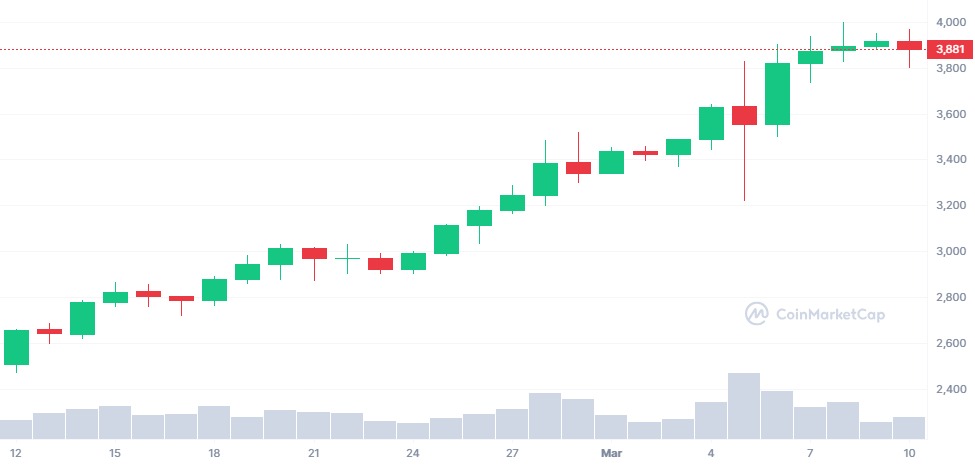
Dencun — the most-anticipated upgrade since the Merge — is set to ship in two days, promising to significantly reduce layer-2 transaction costs.

Ethereum’s upcoming Dencun upgrade is set to ship in two days, on March 13, as one of the most-anticipated hard forks since the Merge. Why is there so much anticipation around the upgrade?
Ethereum’s Dencun upgrade could be a milestone for layer-2 scaling solutions, as it is expected to significantly reduce the transaction fees of layer-2 networks and enhance Ethereum’s overall scalability.
The Dencun hard fork incorporates a total of nine different Ethereum Improvement Proposals (EIPs). The name of the upgrade is a combination of the Cancun upgrade of Ethereum’s execution layer and the Deneb upgrade on the consensus layer. The first part, Cancun, focuses on improving the way transactions are managed and processed on the execution layer, while the second part, Deneb, aims to improve the consensus layer, which refers to how network participants agree on the state of the blockchain.
The upgrade could significantly enhance the overall scalability, efficiency, and security of the Ethereum network, according to James Wo, the chief executive officer and founder of Digital Finance Group. He told Cointelegraph:
“A key feature of the Dencun upgrade is the introduction of ephemeral data blobs with EIP-4844, also known as proto-danksharding. This development aims to reduce layer-2 transaction fees by enhancing data availability, a crucial move toward establishing Ethereum as a scalable settlement layer.”
Yet, the fee reduction promised for layer-2 users won’t directly affect users who are transacting on the Ethereum mainnet, according to a March 6 report by Max Wadington, a research analyst at Fidelity Investments. He wrote:
“In the short term, users who wish to benefit from this fee change must sacrifice some decentralization and security by transacting on L2s instead of Ethereum. This will certainly spur more users to bridge assets elsewhere. However, we strongly believe that transacting on Ethereum for application-specific purposes will still be considered the best option (especially for high-value transactions) in the medium term as L2 platforms continue to mature.”
Gas fees on the Ethereum mainnet have risen to an average of 98 gwei on March 5, a level not seen since early May 2023. An average swap would cost users $87.45 in gas fees, while NFT sales average $147 in gas, according to Etherscan data.

The anticipation around the upgrade bolstered Ether to the $4,000 mark on March 8 for the first time since December 2021. The world’s second-largest cryptocurrency is up 14.7% on the weekly and over 59% on the monthly charts.

Bitcoin also reached a new all-time high of $71,415 on March 11, 36 days before the much anticipated Bitcoin halving event set to occur on April 20.
Related: Lowering developer friction is key for mass-scaling blockchain applications — Polygon co-founder

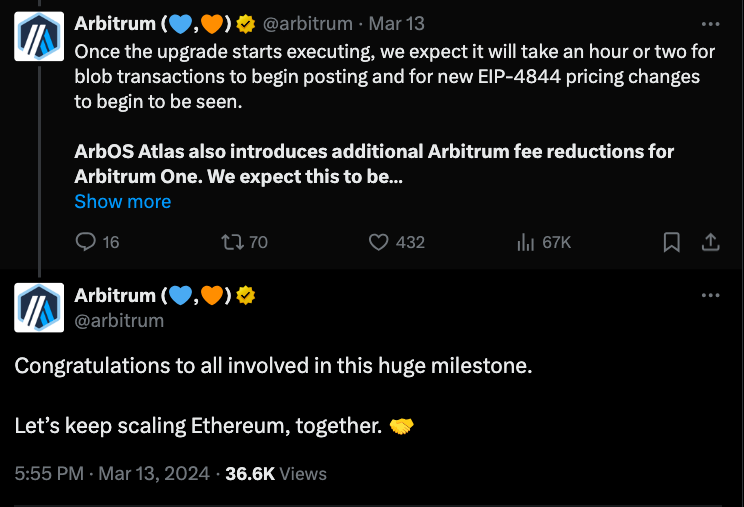
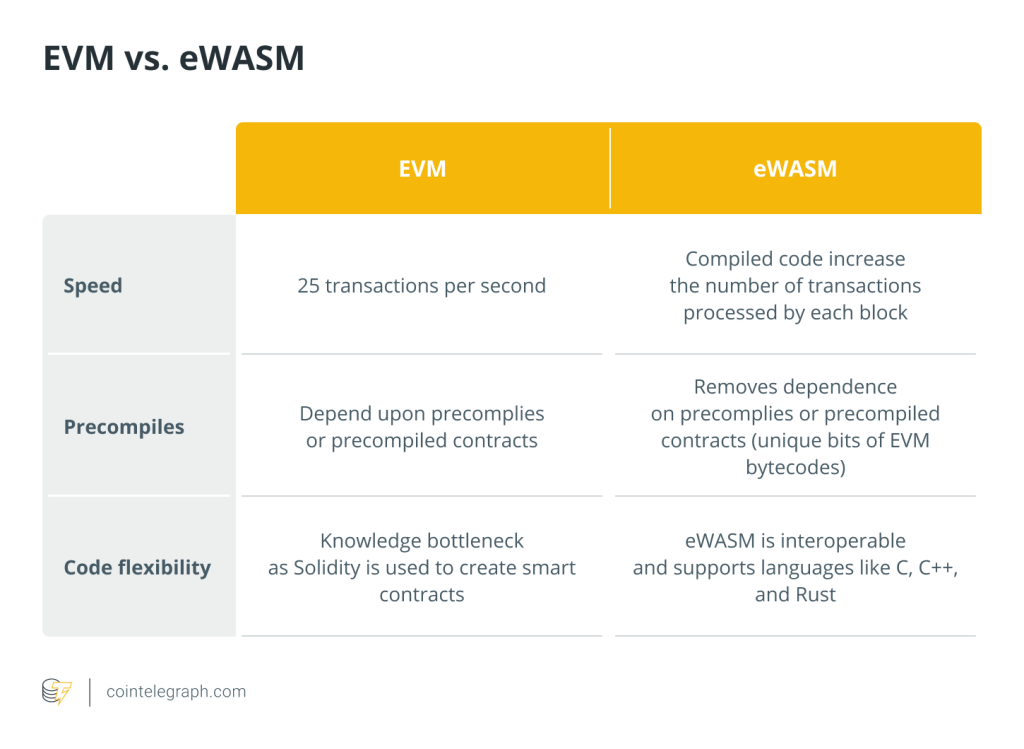
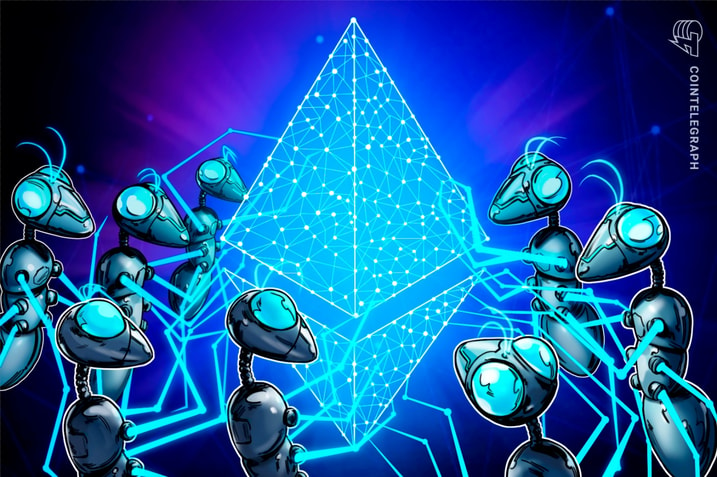
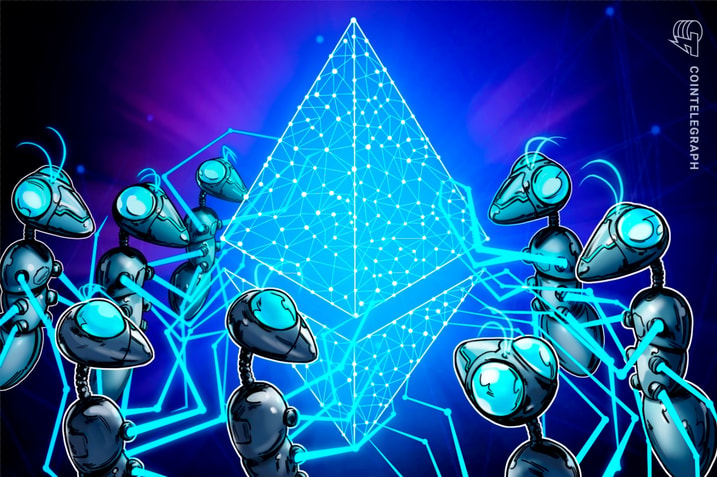
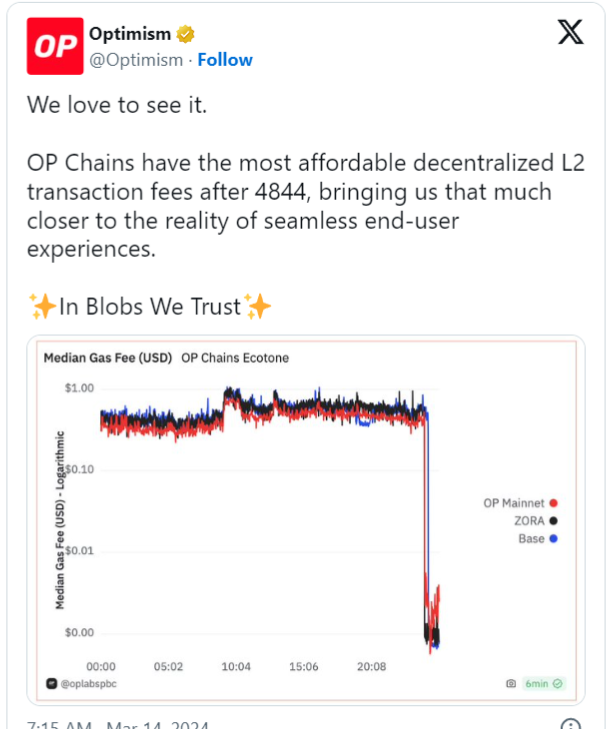
Responses